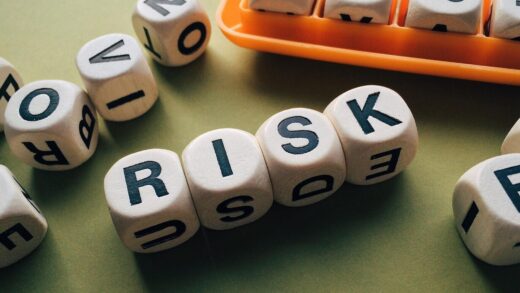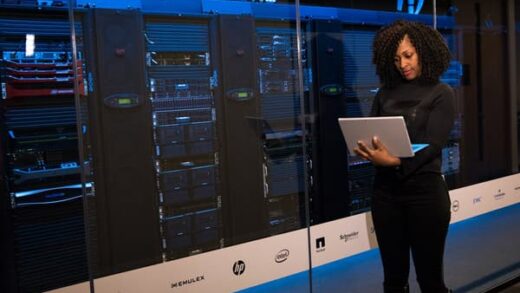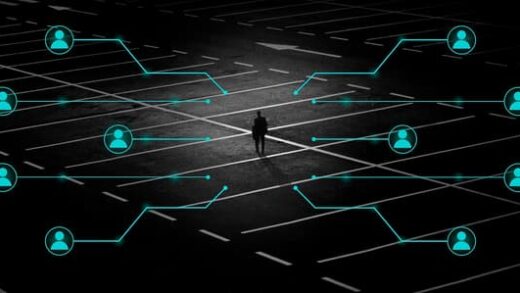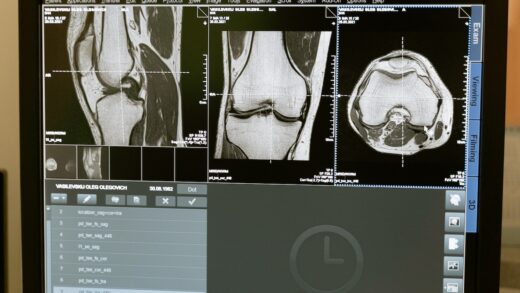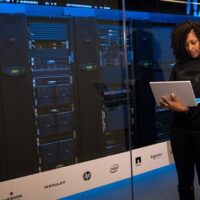Nuclear power has an image problem, but the nuclear option looks set for a reboot as interest in this zero-emission energy source is rekindled.
While nuclear reactors don’t often go wrong, major nuclear accidents at Three Mile Island in the US, Chernobyl in Ukraine and the Fukushima meltdown in Japan are testament to how serious the repercussions can be when they do.
Anti-nuclear sentiment helped drive nuclear power’s decline. Nuclear accounted for 17% of global energy production in 1996, but this share has now dropped to around 10%.
Many old reactors have been closed – including 12 in the US – and nuclear programmes have been phased out in countries including Japan and Germany.
But a combination of new nuclear technology, the quest to decarbonize and an increasing desire for energy independence following Russia’s invasion of Ukraine has reversed nuclear power’s fortunes.
More than 50 nuclear reactors are under construction around the world, almost half of them in China and India. And countries like Japan have reversed planned nuclear phase-outs, bringing nine reactors back on line, with a total of 30 due to restart by 2030.
The EU has included nuclear power on its list of sustainable investments in its so-called Green Taxonomy, making nuclear energy a more attractive prospect.
Here are some essential things you need to know about nuclear power’s role in the global energy mix.
What is nuclear energy?
Traditional nuclear power plants use heat from a nuclear fission reaction to generate steam, which spins a large turbine to generate electricity. The fission splits uranium atoms into smaller atoms inside the nuclear reactor.
Uranium fuel pellets are packed into vertical fuel rods, which are inserted into the reactor. Each pellet is only about the size of an eraser on the end of a pencil, but it can fuel up to five years of heat and power generation.
Fission power plants produce around 10% of the world’s electricity from approximately 440 reactors.
The second type of nuclear power is fusion, which is still at the development stage. This involves heating hydrogen to form plasma. This is then contained by a powerful magnetic field in the reactor to enable fusion reactions – essentially the same principle that powers the sun.
A giant fusion machine called the ITER project is under construction in France, which is due to start up in 2025. It will be used to conduct 20 years of tests to make energy from nuclear fusion a reality. Success could provide an almost limitless supply of clean, safe energy.
Why is nuclear power on the rise?
Nuclear power is undergoing a resurgence for a number of reasons.
Firstly, it is an emissions-free energy source that can support the transition to cleaner ways of producing power, which also include wind and solar energy.
But while these renewables can only generate energy when the wind blows or the sun shines, nuclear power and other fuels like clean hydrogen can provide reliable backup power to overcome these intermittency issues.
Global policy pledges and climate targets are increasing nuclear power’s attraction as a clean fuel source. Countries including the US, Japan and the UK have each renewed their commitment to nuclear power.
Secondly, many countries are seeking greater energy independence following the disruption to global energy markets caused by Russia’s invasion of Ukraine. Nuclear offers a stable source of power that doesn’t depend on imported fossil fuels.
Thirdly, new technology is being developed to produce smaller reactors that are safer, cheaper to operate and easier to build.
Is nuclear power safe?
As mentioned, several major disasters have occurred at old traditional nuclear plants. And decades of nuclear power has generated the problem of what to do with all of those spent radioactive nuclear fuel rods.
But nuclear power technology has advanced since these incidents. A new breed of small modular reactors (SMRs) is being developed. They are safer and less exposed to dangers like earthquakes and meltdowns than traditional large-scale reactors.
As with all nuclear power plants, they don’t emit greenhouse gases, meaning they support global efforts to reach net-zero emissions.
Importantly, SMRs can also be safely turned off and restarted, unlike conventional plants.
What are small modular reactors and what’s special about them?
SMRs have about a third of the generating capacity of traditional large-scale nuclear reactors, and can produce a large amount of low-carbon electricity, according to the International Atomic Energy Agency.
As well as costing less and being quicker to build than conventional large-scale reactors, they also generate less toxic waste.
Microreactors are even smaller than small modular reactors– and have about 30 times less power generating capacity.
A combination of public and private investment is supporting the development of different SMR systems. Bill Gates’ TerraPower is installing its first small modular reactor in a town in the US state of Wyoming with historic links to coal mining.
Another company, NuScale, is developing a range of next-generation reactors at the Idaho National Laboratory, having created the first commercial small modular reactor design to receive official US approval.
Small modular reactors require less fuel than older reactors, with most needing refuelling only every 3-7 years. Some SMRs are even designed to operate for up to 30 years before needing to refuel.
What happens to nuclear waste?
Toxic waste from nuclear power generation can remain radioactive for up to 300,000 years, raising the issue of how to permanently store it safely and securely.
Around 250,000 tonnes of spent fuel rods are spread across 14 countries, stored mostly in cooling pools at shutdown nuclear facilities, according to The Financial Times.


